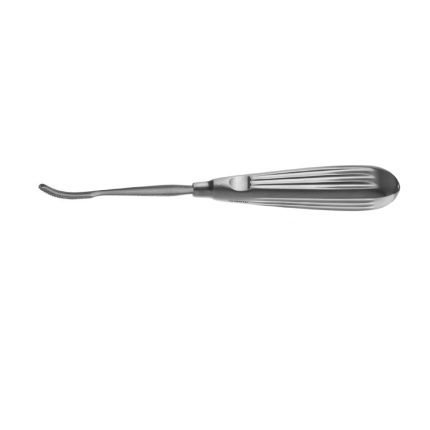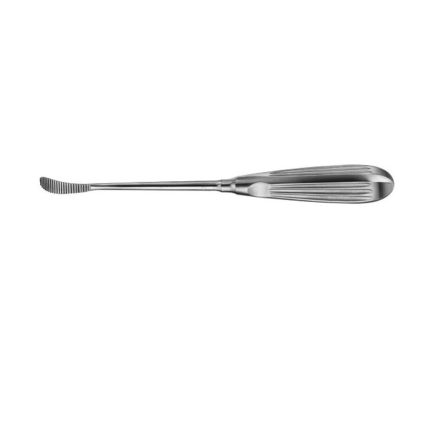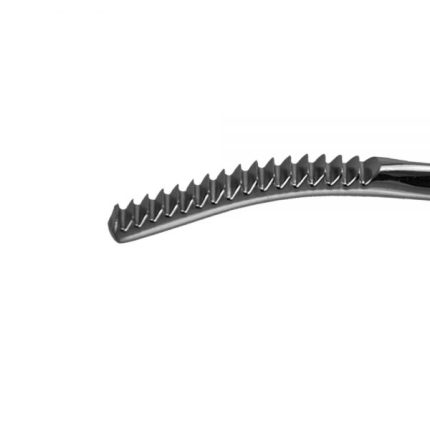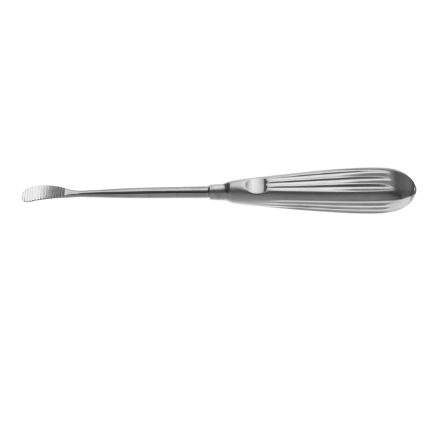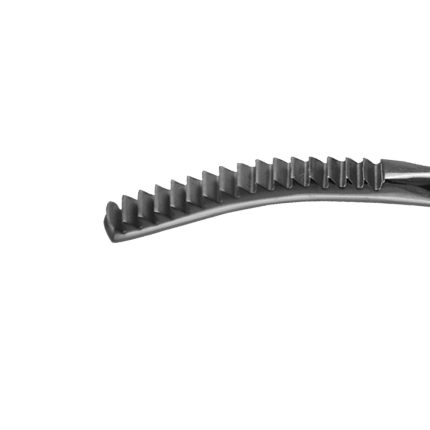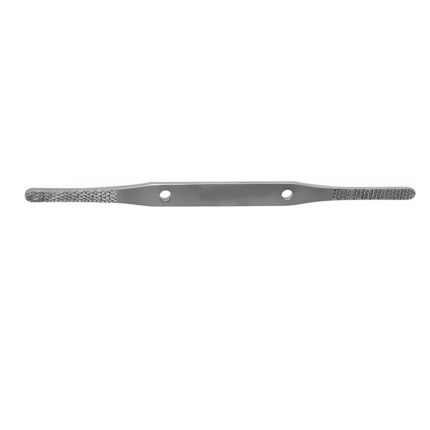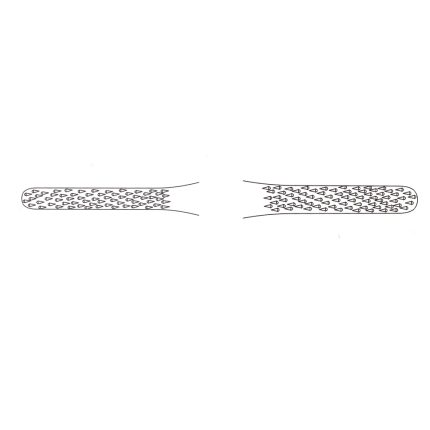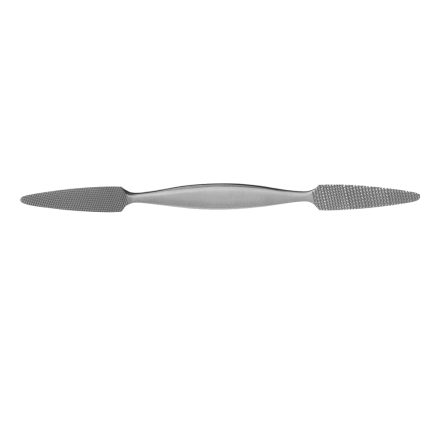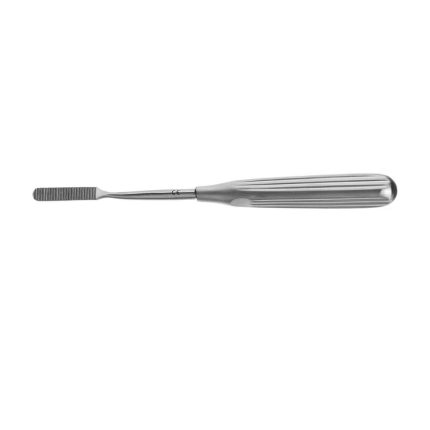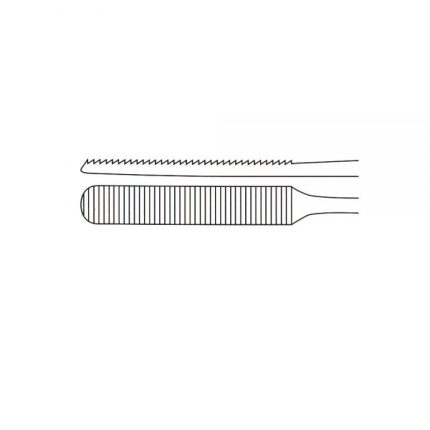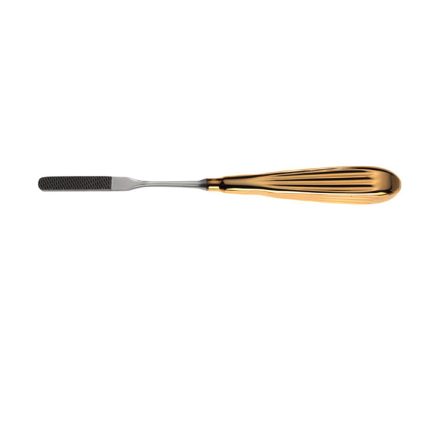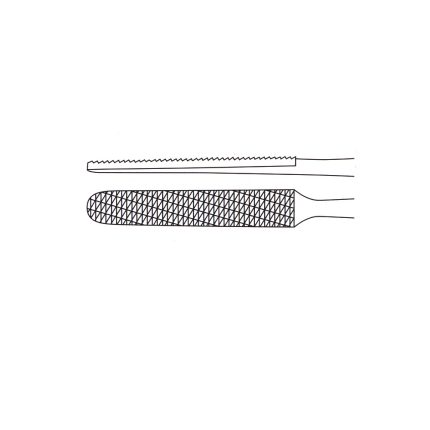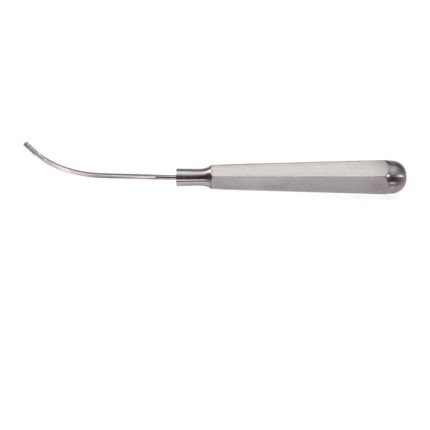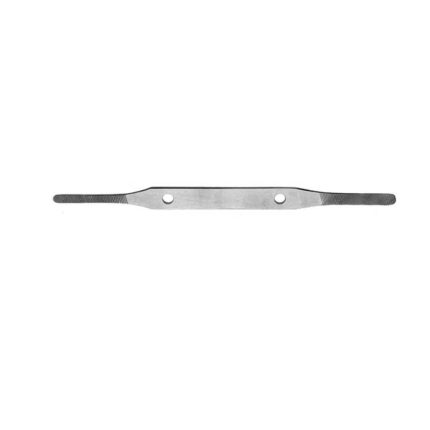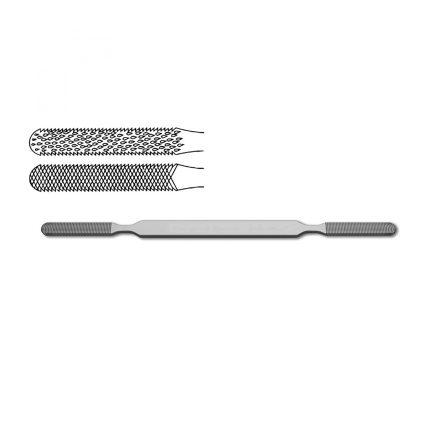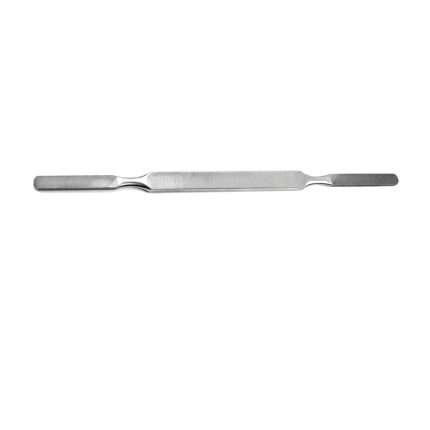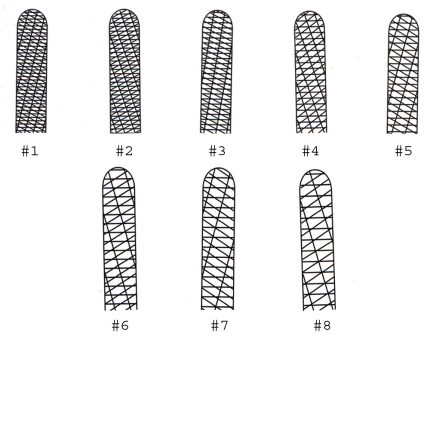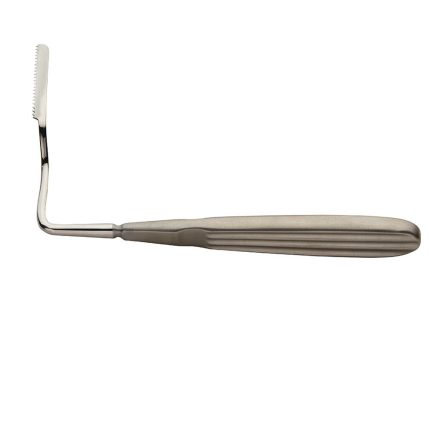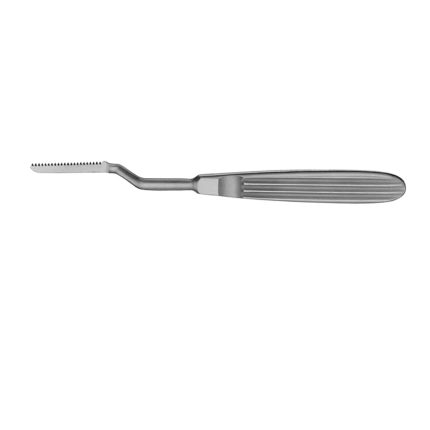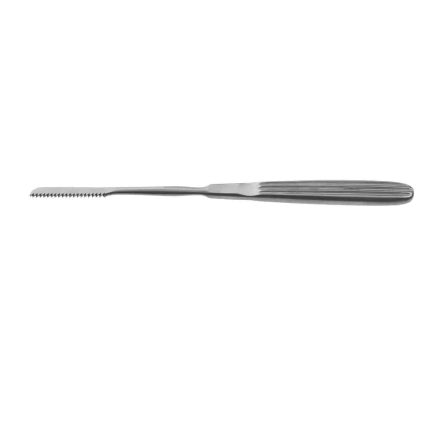ADMIRE SURGICAL ’s Rasps in Surgical Instruments: Precision Tools for Bone and Tissue Modification
Surgical rasps are indispensable instruments in the field of medicine, particularly in orthopedic and reconstructive surgery. These precision tools play a crucial role in the reshaping and refinement of bone and tissue, helping surgeons achieve desired outcomes in procedures such as joint replacements, bone grafting, and corrective surgeries. In this article, we’ll explore the significance of rasps in surgical instruments and their vital contributions to the medical field.
1. Anatomy of Surgical Rasps: Surgical rasps are elongated, rod-like instruments with abrasive surfaces designed for controlled material removal. They are typically composed of high-quality stainless steel, which ensures durability, corrosion resistance, and ease of sterilization. Rasps come in various shapes and sizes, tailored to specific surgical applications, and are often double ended, offering different textures or coarseness on each end to address varying surgical needs.
2. Functionality in Orthopedic Surgery: In orthopedic surgery, rasps are widely used for bone reshaping and smoothing. For instance, in joint replacement surgeries like hip and knee arthroplasty, rasps are employed to refine the bone surfaces to ensure a snug fit for prosthetic components. They help eliminate irregularities, create precise anatomical shapes, and enhance the overall stability and longevity of the implant.
3. Bone Grafting and Fusion: Surgical rasps help shape the graft material to precisely fit the recipient site, promoting better fusion and healing.
4. Plastic and Reconstructive Surgery: In plastic and reconstructive surgery, rasps assist in reshaping bone and cartilage structures. These instruments are essential for achieving natural-looking results and improving patients’ quality of life.
Aufricht Nasal Rasp Crosscut
Aufricht Nasal Rasp Down Cutting
- Serrated Handle For Controlled Grips.
- Slender Shaft For A Clear Field Of Vision.
- Drawing And Pushing Cut Blades Available To Suit Different Surgical Indications.
Aufricht Nasal Rasp Upward Cutting
- Serrated Handle for Controlled Grips.
- Slender Shaft for A Clear Field of Vision.
- Drawing And Pushing Cut Blades Available to Suit Different Surgical Indications.
Coarse Masing Nasal File
- Large hollow handle for non-slip and stable maneuvers.
- Bayonet-shaped and slender neck for optimal surgical access.
- Long drawing blade for effective and convenient cuts.
Converse Bone and Nasal File
- Large hollow handle for non-slip and stable maneuvers.
- Bayonet-shaped and slender neck for optimal surgical access.
- Long drawing blade for effective and convenient cuts.
Cottle Nasal Rasp
- Large hollow handle for non-slip and stable maneuvers.
- Bayonet-shaped and slender neck for optimal surgical access.
- Long drawing blade for effective and convenient cuts.
Cottle Nasal Rasp Tungsten Carbide Tip Inserted
- Large hollow handle for non-slip and stable maneuvers.
- Bayonet-shaped and slender neck for optimal surgical access.
- Long drawing blade for effective and convenient cuts.
Dingman Otobrader Curved Left
- Hexagonal & Bulky Handle for Non-Slip Grips.
- Slender & Curved Neck for Deep Surgical Access.
- Multiple Models for Diverse Indications.
- Premium Materials for Longterm Service.
Dingman Otobrader Curved Right
- Hexagonal & Bulky Handle For Non-Slip Grips.
- Slender & Curved Neck For Deep Surgical Access.
- Multiple Models For Diverse Indications.
- Premium Materials For Longterm Service.
Fine Masing Nasal File
Fomon Bone File – Double Sided
- Long and flat handle for solid and non-slip grasps.
- Oblong crosscutting blades for bi-directional function.
- Fine and coarse filing blades to meet different surgical requirements.
Fomon Nasal Rasp
Fomon Nasal Rasp Tungsten Carbide Inserted
- Central flat handle for stable non-slip grips.
- Long and tapering necks for deep surgical access.
- Tungsten carbide inserts last 6 times longer than standard instruments.
Joseph Nasal Saw Angled to Left
- Large hollow handle for controlled movements.
- Slender neck for optimal surgical access in narrow spaces.
- Drawing-cut and pushing-cut blades available to cover different approaches.
Joseph Nasal Saw Angled to Right
- Large hollow handle for controlled movements.
- Slender neck for optimal surgical access in narrow spaces.
- Drawing-cut and pushing-cut blades available to cover different approaches.
Joseph Nasal Saw Left
- Large hollow handle for controlled movements.
- Slender neck for optimal surgical access in narrow spaces.
- Drawing-cut and pushing-cut blades available to cover different approaches.
Joseph Nasal Saw Right
- Large hollow handle for controlled movements.
- Slender neck for optimal surgical access in narrow spaces.
- Drawing-cut and pushing-cut blades available to cover different approaches.
Joseph Nasal Saw Straight
- Large hollow handle for controlled movements.
- Slender neck for optimal surgical access in narrow spaces.
- Drawing-cut and pushing-cut blades available to cover different approaches.

